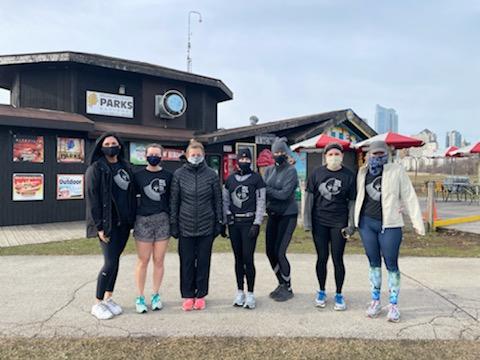State Economic Development Leader Sees Growth Ahead, but Problems to Solve
Before the COVID-19 pandemic started, the Wisconsin Economic Development Corporation generally focused on larger projects aimed at building up the state’s economy, which is to say, the quasi-public agency made about 300 grants a year.
But with the impact the coronavirus had on economic life in Wisconsin, “we had to invent a bunch of tools to help businesses,” Missy Hughes, the secretary and CEO of WEDC, said during an “On the Issues with Mike Gousha” program posted on Marquette Law School’s web site on Wednesday (March 18, 2021).
The result? WEDC has made more than 60,000 grants during the pandemic period, the large number of them to small businesses seeking federal money intended to help those businesses stay alive.
As much as the grants have helped and as much as business owners and operators have shown grit, resiliency and creativity in what they are doing, Hughes told Gousha, the Law School’s distinguished fellow in law and public policy, that she was concerned that 20 percent to 30 percent of small businesses statewide would not survive the pandemic.



